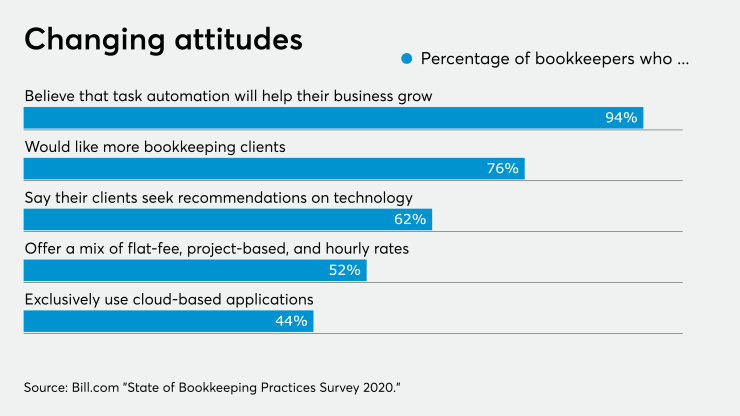Though you might be as tired of hearing the buzzword “automation” as you are of “pandemic,” another percolating phrase that has bubbled up this past year is the “highly automated firm.” But what does it mean to be one, and more importantly, how does it add value to your clients?
Pre-2020, the massive push toward increased automation had already taken hold across most industries. And in the last year, firms that had already adopted this mindset emerged ahead of the game somehow—instead of scrambling to automate just to run their businesses, they could focus on finding ways to strategically align their technology and automation with client advisory services (CAS).
The year 2020 was easily the year of remote work, and it’s parting lesson was that automation and cloud-based technologies are crucial to running a modern business. As you consider your exit strategy back into the new normal, whenever that comes, you can take a page from the highly automated firms that already know this: Automation isn’t just about improving your business processes — it’s also a key way to better serve your clients.

The automation boom
You probably already use countless cloud-based technologies in your personal life (Netflix, anyone?). Your business should be no different. And while firms scrambled to implement solutions, employees adopted technology faster than ever to continue performing their jobs and serving their clients with as little disruption as possible.
Accuracy is, of course, integral to offering valuable services to clients. It’s also a key reason why companies seek out automation, and when combined with the need for remote employees, it’s no surprise 34 percent of CFOs
The same
Just as you’ve had to adjust your workflows this year, so have your clients. They are still seeking out whatever will help them stay in business or pivot their processes to be more efficient. These decisions are often in the moment, and they need real-time numbers on their business to make them.
Capitalizing on today’s emerging technological advances in automation will put your firm in a position to offer the best possible service to your clients, even if your work landscape continues to shift.
What does a highly automated firm look like?
It’s clear that working from home or from multiple locations is going to be the norm for at least the near future. It’s also clear that to be successful, firms need to have automation and the tools required to make their employees efficient from wherever they are working. Being highly automated is essential for firms that want to be successful. But what exactly does it mean to be highly automated and how can your firm get there?
Ironically, being “highly automated” isn’t really about the technology. A highly automated firm is one with systems in place with workflows and step-by-step processes that handle tasks through technology, with minimal supervision or review required by a human. It’s the systems that are key. This firm has selected the right tech stack based on the services it offers, made up of components that work together and act as a base upon which to build for the future and customize solutions for both its staff and clients. The firm is then able to leverage that core tech stack to not only master remote workflows and collaboration, but to easily handle back-office tasks for clients. In the era of work-from-home – which is likely to continue for the foreseeable future – those routine but essential back-office functions are some of the things your clients are struggling with the most.
The firms that are emerging from this past year with optimism for growth are in a better position because they devoted the time to vetting the best possible solutions that would put the right systems in place to automate manual work. When it came time to support their employees through remote work, they were ready. They’ve expended equal effort in vetting and implementing solutions that will help their clients stay afloat and handle new challenges. This includes making it as easy as possible for them to reconcile bank accounts, pay bills, handle expenses, and pay their employees. So when their clients needed their time, their research, and their advice on wading through loans and everything else this past year, the systems were there to support that need.
One of the beautiful aspects of an automated system is the real-time view it affords into your clients, so you always have an accurate picture of the health of their business and cash flow. This level of insight is what truly empowers you to be a trusted advisor for your clients, from the big picture down to discrete but crucial business decisions – like whether they should buy that piece of equipment, if they should consider adding e-commerce as an additional revenue stream, or whether it’s wise for them to look into expanding and opening new locations over the next three to five years.
In other words, highly automated firms don’t just tell their clients how they did last year. They have the ability to advise them on what they can, and even should, do going forward to survive today’s challenges and thrive tomorrow.
The takeaway
While we can’t predict when, we know that every firm will need an exit strategy back to a new normal. Automation in business is here to stay. Can you imagine recommending your client switch from a favorite streaming movie service to a mail-order movie service? Paper-based systems and workflows will likely go the way of mail-delivery DVDs — they just won’t stand the test of time after this year. The changes you make today are likely to remain in place long after we return to the office. The time for accounting firms to plan for a cloud-based future is now.





